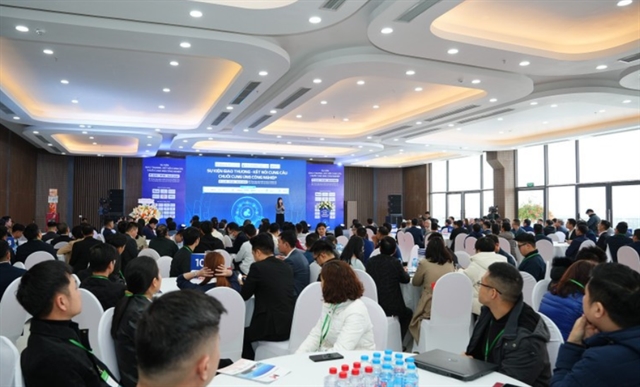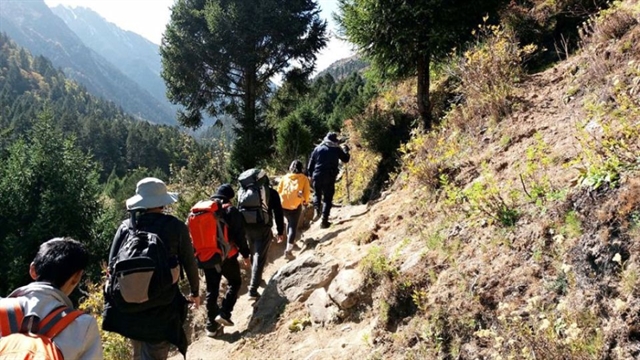 World
World


|
| Horses are a vital source of income for the Layaps, making the development of these trails crucial for their livelihoods. Photo Kuensel/ANN |
LAYA – The Laya Gewog administration is launching an ambitious project to boost connectivity and attract more tourists by refurbishing its network of traditional horse trails.
The existing trails, which connect Laya with vital destinations like Lunana, Gazatshachhu, and Lingzhi—using Masagang as the base camp—are integral to both local travel and tourism.
Over time, they have fallen into disrepair due to a lack of upkeep, making journeys arduous for locals and visitors alike.
If the initiative succeeds, these restored paths promise a more accessible and enjoyable experience through some of Bhutan’s most scenic landscapes.
The Laya Gewog Administration is moving forward with plans to improve the challenging Taktsemakha to Laya horse trail, a route that currently takes travellers over two hours to traverse on foot.
Aimed at making travel more comfortable and efficient for locals and tourists, this project will also safeguard the area’s cultural and natural heritage.
Scheduled for implementation in the second year of the 13th Plan, the initiative is expected to enhance accessibility and tourism in the region.
While Gup Tshewang, the Thrizin of the Dzongkhag Tshogdu, did not provide specific funding details, he highlighted the anticipated economic benefits.
By investing in these trails, Laya Gewog hopes to stimulate local livelihoods and foster tourism, creating substantial gains for the community.
The trail from Laya to Lunana is frequented not only by Lunaps, Layaps, and civil servants but also by both local and international tourists. Proper maintenance and reconstruction of this trail would benefit these travellers and support the wider community.
Likewise, the Lingzhi to Laya trek remains one of the most popular routes among tourists.
With improved redevelopment, the number of visitors—both local and international—is expected to increase.
“We are already seeing more tourists trekking this route, but with a better-maintained trail, we can attract even more,” Tshewang said.
Many people also trek to Gazatshachu each year to enjoy the hot springs, and with better connectivity, the number of visitors could potentially double.
Improving these trails will not only attract more tourists but also create income opportunities for Layaps through porter and pony services, according to the locals.
Horses are a vital source of income for the Layaps, making the development of these trails crucial for their livelihoods.
A 43-year-old resident of Laya shared that, aside from cordyceps collection, horses are the main source of income for most families in the area.
“Sometimes, our horses are used for transport, but tourists are often hesitant to ride them due to the rough, uneven trails. If these trails were repaired and improved, riders would feel safer and be more inclined to use the horses, allowing us to earn a better income,” he said.
Laya Gewog has approximately 1,700 horses, serving a population of around 1,200.
On average, each household owns eight to twelve horses. Besides cordyceps, horses play a central role in Laya’s economy.
With road access extending to Taktsemakha, pony porter services from Taktsemakha to Laya during the Royal Highland Festival cost Nu 300 per horse for loads up to 50 kilograms, while riding fees is Nu 1,000.
At other times, the rate is Nu 600 per horse for carrying loads.
Laya, the second-largest gewog among the four in Gasa with a population of 1,108, is one of Bhutan’s most remote villages, with about 286 households.
The gewog, situated at 3,800 metres above sea level, borders Tibet to the north. Kuensel/ANN




